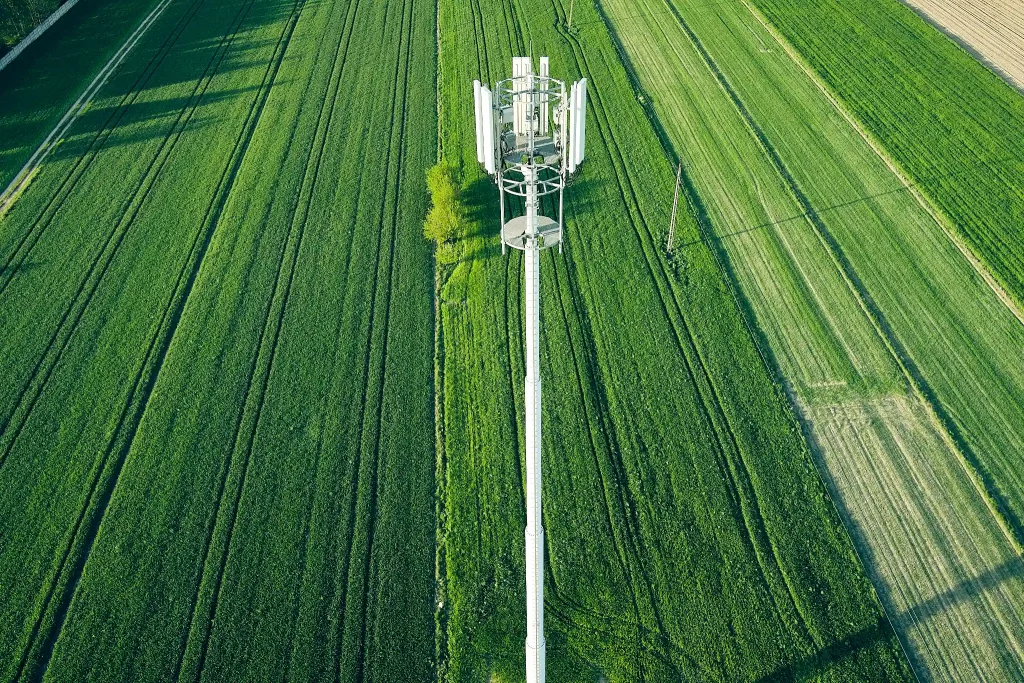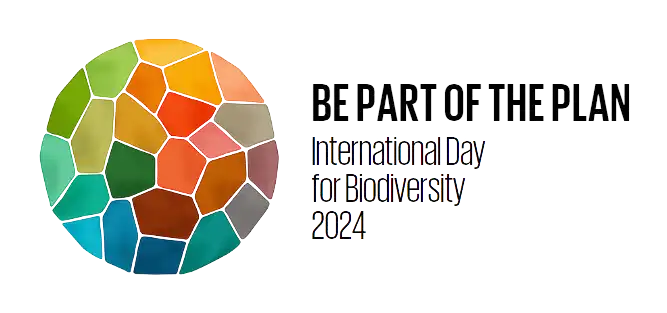Trends
Trends
MAY
22
2024
Sustainability
We want to be part of the plan
Our planet has qualities that make it unique: a perfect balance between the amount of water and land; an ideal composition of gases in the atmosphere; an appropriate distance from the Sun that provides us with energy and heat… Thanks to these specific and unique qualities in the galaxy, scientists estimate that there are more than 8.7 million different species of organisms on planet Earth. Biodiversity means the sum total of all these species, as well as the habitats where they live and interact. This biodiversity provides us with food, water, air, and even regulates the climate. That is why it is so important to ensure that we conserve it and that we make sure that our activities do not lead to its degradation.
The Natura 2000 Network is a network of protected areas covering the most precious and simultaneously threatened species and habitats in Europe. It is the world’s biggest network of protected areas, both on land and at sea, and its main objective is to ensure the long-term survival of species and habitat types, contributing to halting biodiversity loss.
According to the European Environment Agency, we are currently facing the sixth mass extinction of biodiversity. In short, a short period of geological time in which the rate of loss of a large percentage of biodiversity or of different species such as bacteria, fungi, mammals, birds and invertebrates is very high. Taking agriculture as an example, 40% of the earth’s entire surface has been turned over to food production. As a result, agriculture is responsible for 90% of global deforestation and represents 70% of the planet’s freshwater use, significantly impacting local biodiversity and ecosystems.
In recent years, companies such as Cellnex have assessed their relationship with nature and biodiversity. The objective is to understand better how organisations depend on nature and how their operations impact the environment. This process was started at Cellnex, which first analysed the impacts and dependencies with Natural Capital and identified their corresponding risks and opportunities. Assets were then prioritised according to location, and a more in-depth analysis of impacts, dependencies, risks and opportunities was consolidated in a report aligned with the draft of the Taskforce on Natural-Related Financial Disclosures (TNFD 0.4.), of which the company was an Early Adopter.
In the latest Cellnex Environment and Climate Change Report, the company sets out how it has updated the Environment and Climate Change Policy based on the Global Biodiversity Framework. In this update, it set its commitment to avoid contributing to deforestation by making sure there are no changes in land use and obtaining forest products from sustainable sources. It also committed to managing natural areas and biodiversity, applying the No Net Loss principle and following the mitigation hierarchy in the ecosystems that are part of the company’s operations.
Also in accordance with the new European directive on Corporate Sustainability Reporting (CSRD) and the Taxonomy of the European Union, but above all to obtain a quantitative reference making it possible to advance in the management of impacts and dependencies on biodiversity, Cellnex has started calculating its biodiversity footprint. This calculation is similar to the one performed on its carbon footprint, but no longer in terms of CO2 emissions, rather in pressures on the biodiversity of the areas in which the organisation operates.
“Here at Cellnex, we have spent the last few years understanding the impact of our business on the environment, recognising the importance of natural capital, and working for its inclusion in decision-making processes and the adoption of measures to manage and improve it,” said Yolanda Romero, Head of Environment and Climate Change at Cellnex. “Calculating our biodiversity footprint will provide us with a reference that will help us to chart our progress in managing the impacts and dependencies on biodiversity, which are so important for avoiding further degradation.”
“We want to be part of the plan,” added Romero. “That is why at Cellnex we are rolling out concrete actions that take into account biodiversity and the future of our planet.”
International Biodiversity Day is celebrated every year on 22 May and reminds us of the importance of repairing, respecting and protecting the biological wealth of our planet in order to conserve it and achieve a sustainable future.


















